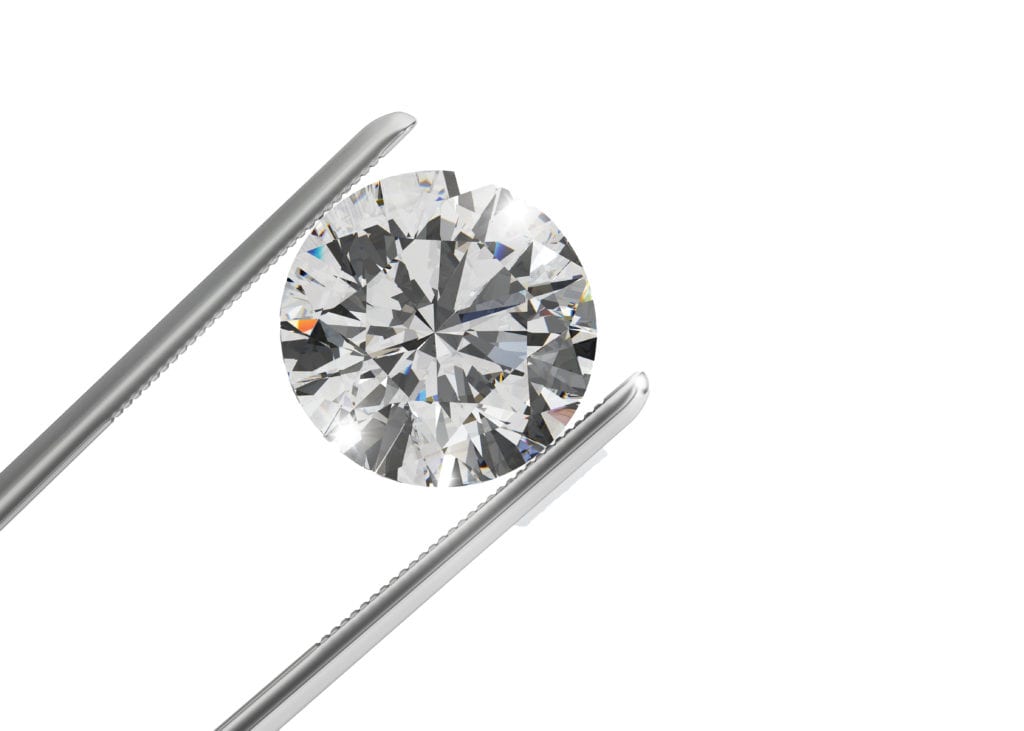Diamonds (March 12)


How old are diamonds? Scientists have found carbon-14 in diamonds. Carbon-14 (14C) has a half-life of 5730 years, and so anything older than 100,000 years should contain no detectable levels of 14C. Finding 14C in diamonds means they are less than 100,000 years old. Yet all diamonds contain measurable amounts of 14C even though they are the hardest known naturally occurring substance, which is impervious to outside contamination. 14C in diamonds means they are young. There are also other clues revealing the actual age of diamonds.
Kimberlite is a volcanic rock which often contains diamonds. These carrot-shaped rocky tubes begin at the earth’s mantle and rapidly carried diamonds from deep within the earth to the surface. A wooden log that was fresh and unpetrified has been discovered deep within a Canadian kimberlite pipe. There have been other such reports of finding unpetrified wood in kimberlite pipes. How did this wood get deep within the earth, and why is it not petrified or rotted if it has been there for millions of years? Scientists think the logs got there by local catastrophic forces. Fresh unpetrified wood in the same rock as diamonds means diamonds are young. Also, consider that artificial diamonds are rapidly made by the exact same processes of high pressure and temperature as natural diamonds. An artificial diamond can be made in the same amount of time that it takes to wash a car! If we can make artificial diamonds so rapidly, why would we assume it takes billions of years to make natural diamonds?
The evidence of 14C in diamonds, fresh wood found in kimberlite, and the ability to rapidly make artificial diamonds all cry out, “The earth is young.”
Job 28:9, 12
Reference
O’Brien, Jonathan. 2014. “Diamonds Are they really all that old?”. Creation 36(2) 22-23.
